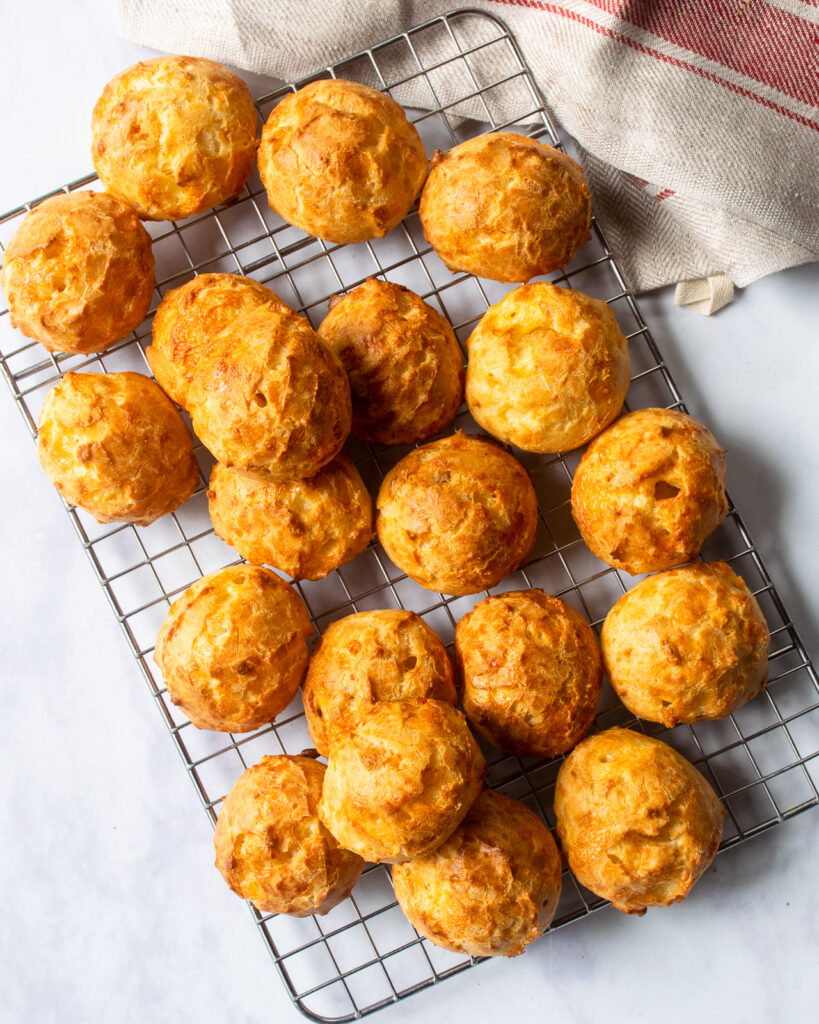
What are Gougères?
Gougères are little savory cheese puffs made from a type of pastry dough called choux pastry or pâte au choux. So, your next question is “what is choux pastry”? Choux pastry is a dough that relies on moisture from water, eggs and butter to rise and create a hollow shell when baked. Choux pastry is also used to make profiteroles, cream puffs and eclairs, but gougères are the savory version of the dough with Gruyère cheese mixed in and they are delicious!
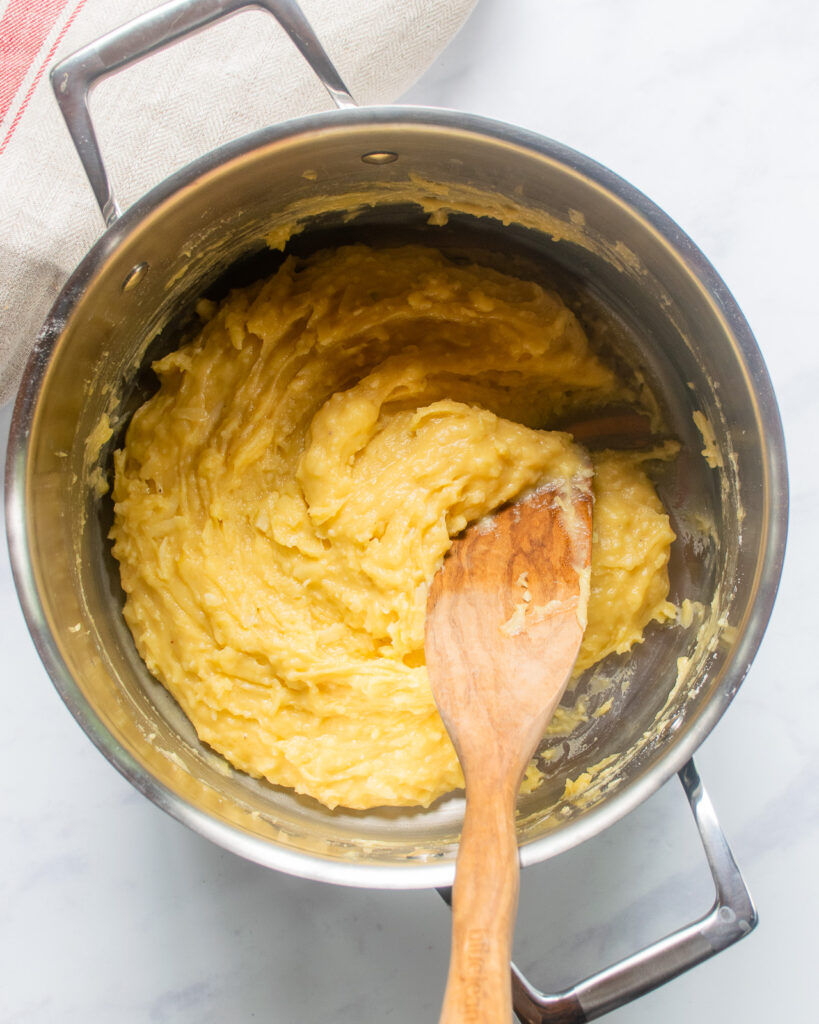
How to Make Choux Pastry
Unlike other pastries which usually rely on cold ingredients, choux pastry is made on the stovetop in a saucepan. If you read about choux pastry or listen to all the old wives’ tales about choux pastry, you will have heard how difficult it is to make. I say ignore all of that. The first time I ever made it, I hadn’t heard that it was difficult to make and I did just fine! There are just a couple of things you need to remember, and I tell you about those in the recipe. Here they are in point form:
-
Bring the water, milk and butter to a boil and as soon as it boils, add the flour. Don’t let it boil too much, or you’ll evaporate too much water.
-
When you’re stirring the mixture in the pot, you are looking for the dough to become a smooth ball. A more certain way to know when you’ve reached this point is to check the temperature with an instant read thermometer. It should register 165˚ – 175˚F.
-
Let the dough cool before you add the eggs. How much? Well, until the temperature is below 145˚F.
-
Add the eggs one at a time, beating each one in before adding the next.
That’s it! If you pay attention to those steps, you’ll be fine and will end up with delightful hollow puffs.
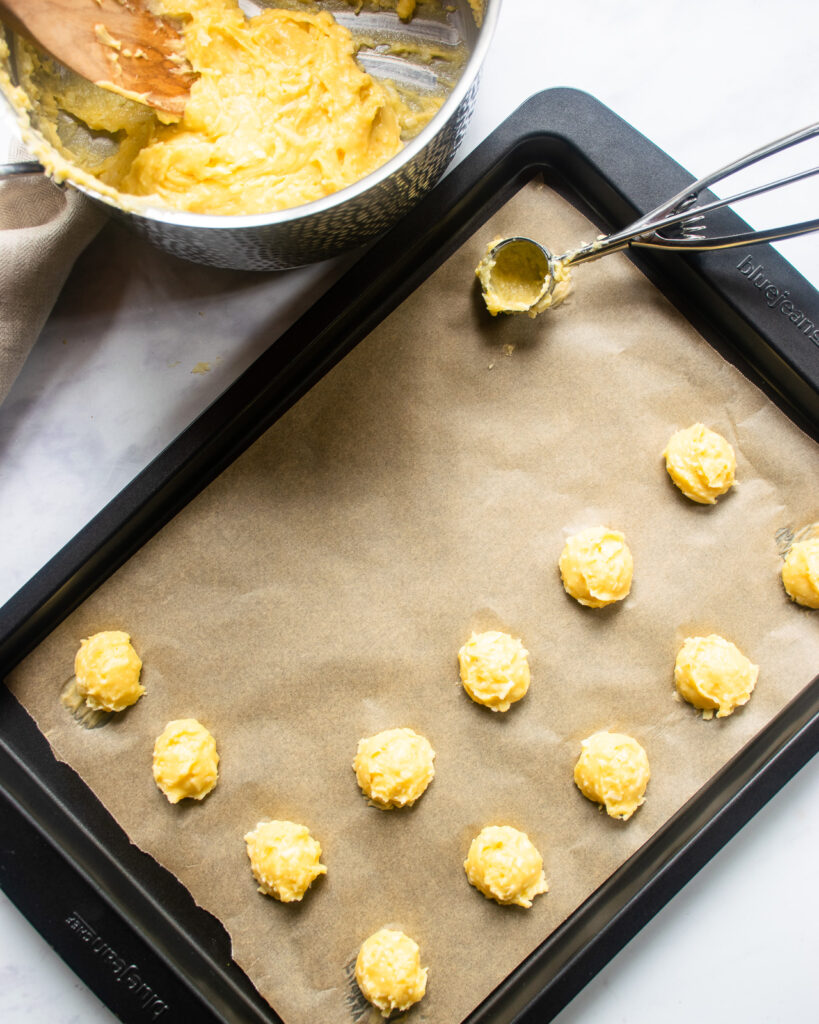
Scooping or Piping Gougères
One of choux pastry’s best qualities is its consistency, which allows it to be piped into shapes before being baked. If you don’t have a piping bag, you can use a zipper sealable plastic bag and cut off one of the corners to pipe little circles onto a parchment paper-lined baking sheet. If piping seems too much for you, then just scoop the dough onto the baking pan into as round a shape as possible.
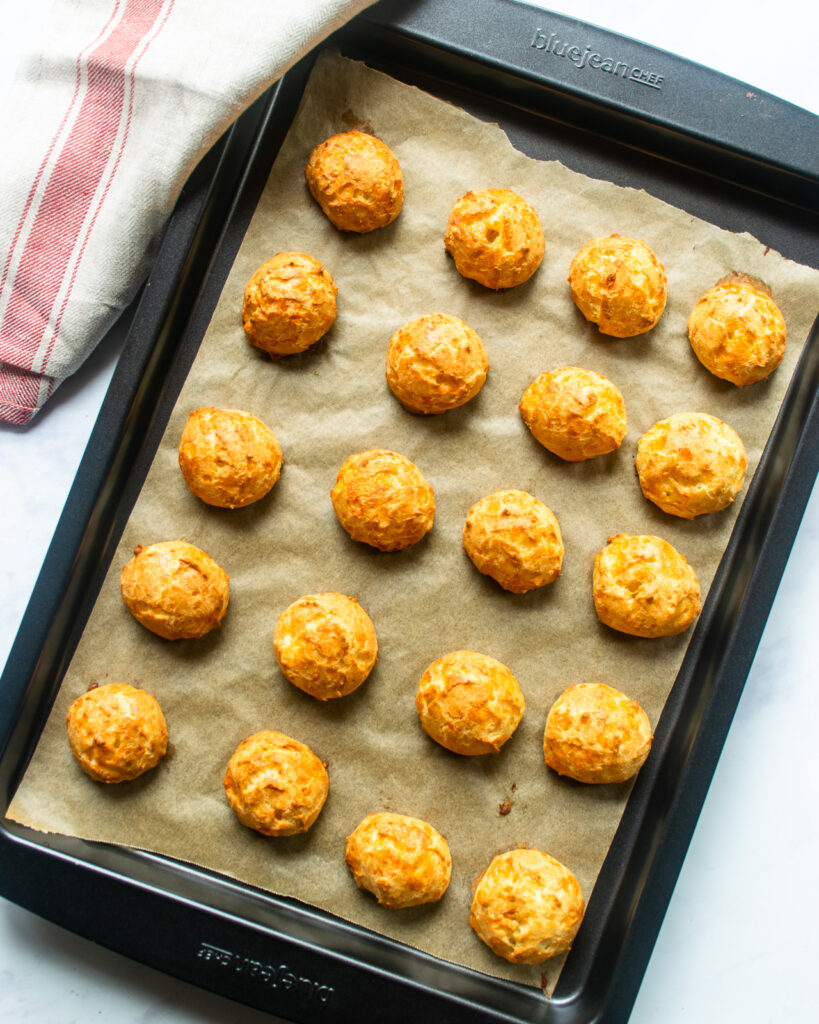
What Cheese to use for Gougères
Gougères are traditionally made with Gruyère cheese, but any semi-firm cheese will work. Emmental, Swiss, Comte and even Cheddar can be used. You want a cheese that melts well with a nutty flavor.
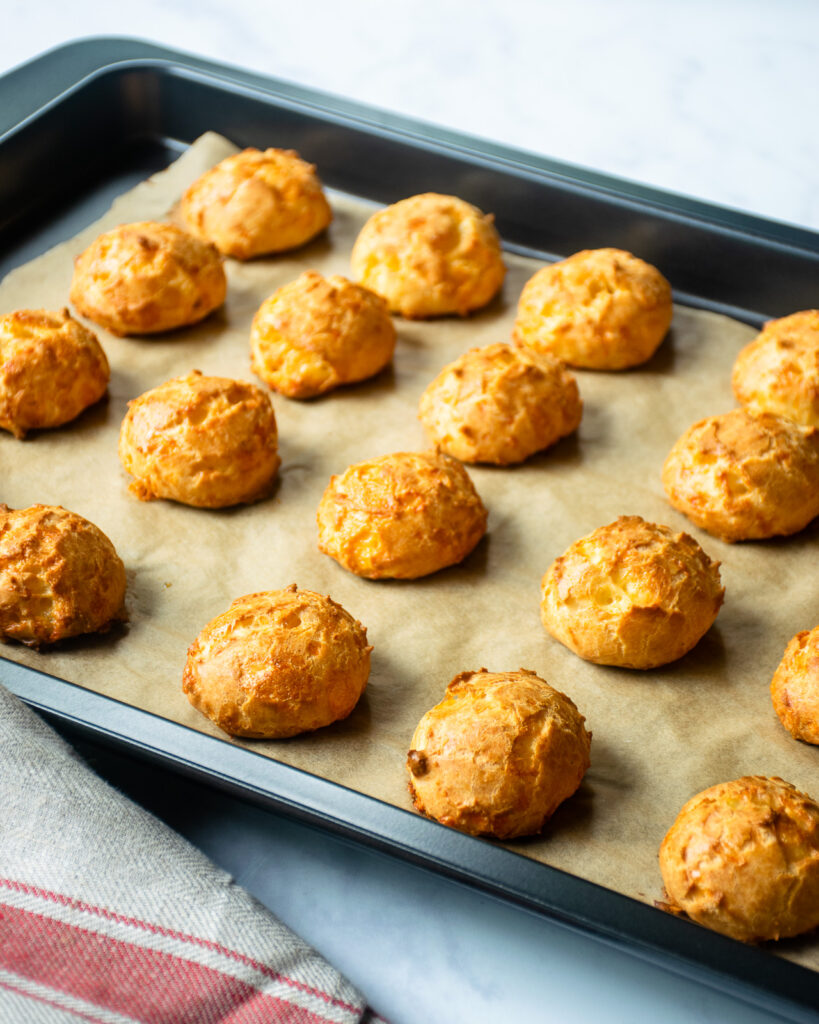
How to Make Gougères Ahead of Time
To me, one of the best experiences is to break open and enjoy a freshly baked gougère, which might lead you to believe that you have to make these at the last minute. Good news is that’s not true! You can make the gougères batter a head of time and store it in the plastic bag or piping bag that you intend to use. Squeeze out all the air from the piping/plastic bag so that no skin forms on the batter. Then, just pipe the gougères out and pop them in the oven right before serving. If you are making the dough 1 to 2 hours head of time, leave it at room temperature. If you’re making the dough farther in advance than that (even a day or two beforehand), store it in the refrigerator.
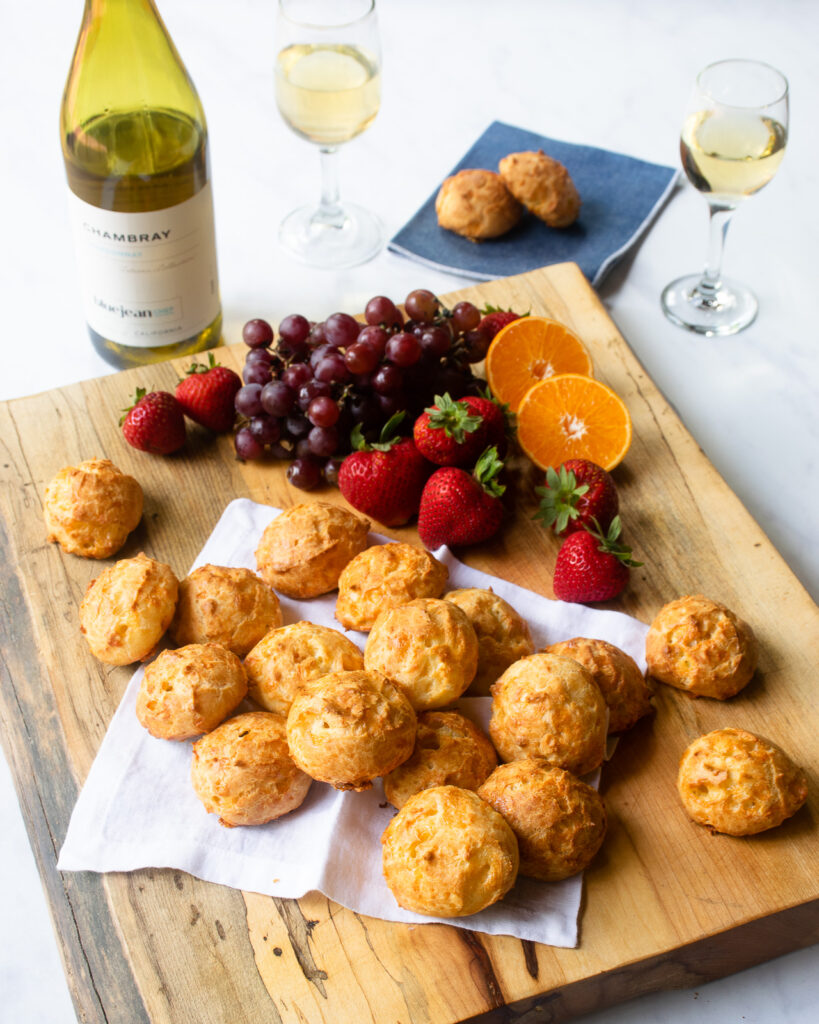
Storing and Freezing Gougères
You can also freeze gougères before and after they have baked. If you’re freezing them before baking, scoop or pipe them onto a baking sheet and freeze fully before transferring to an airtight container or bag and storing for a up to three months. If you’re freezing already baked gougères, you can do so for up to three months. Then, re-crisp them in the oven before serving.
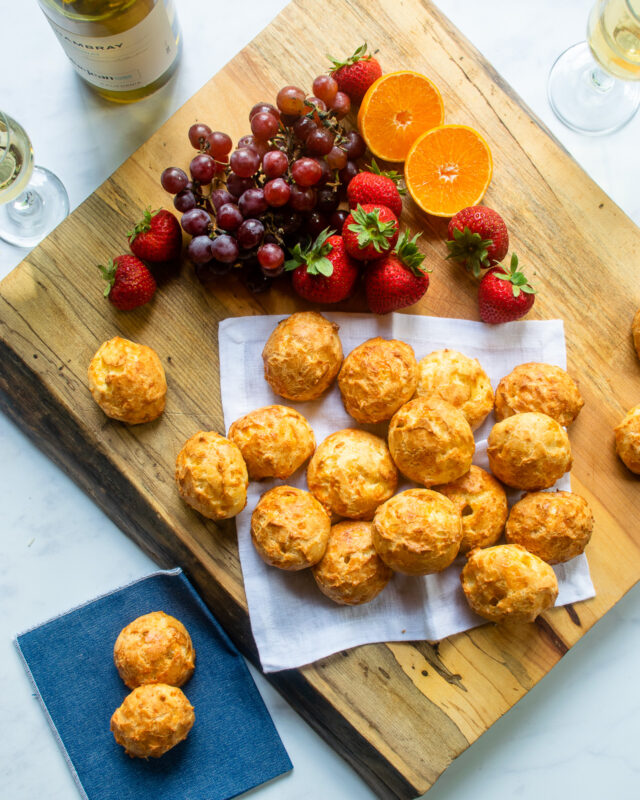

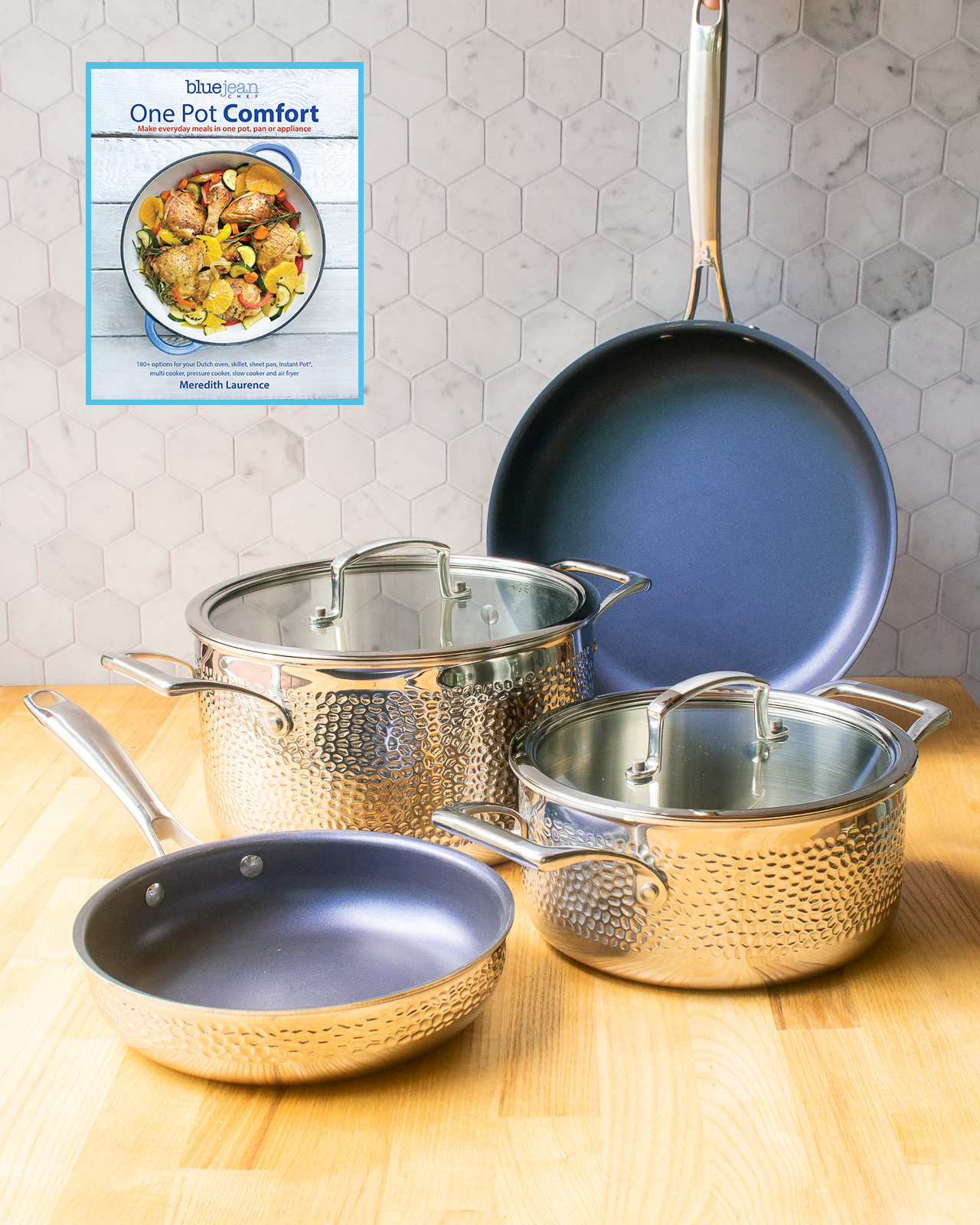
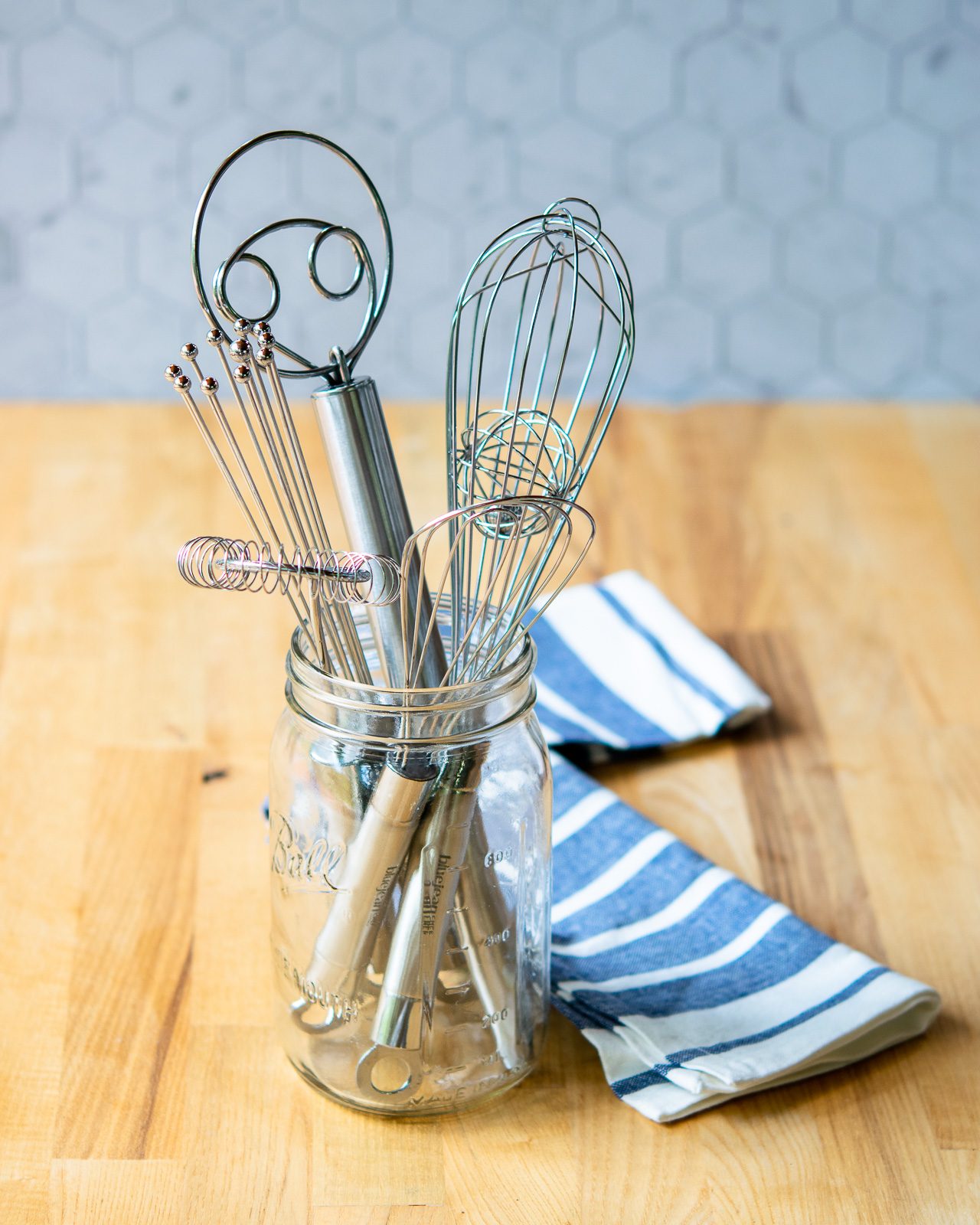
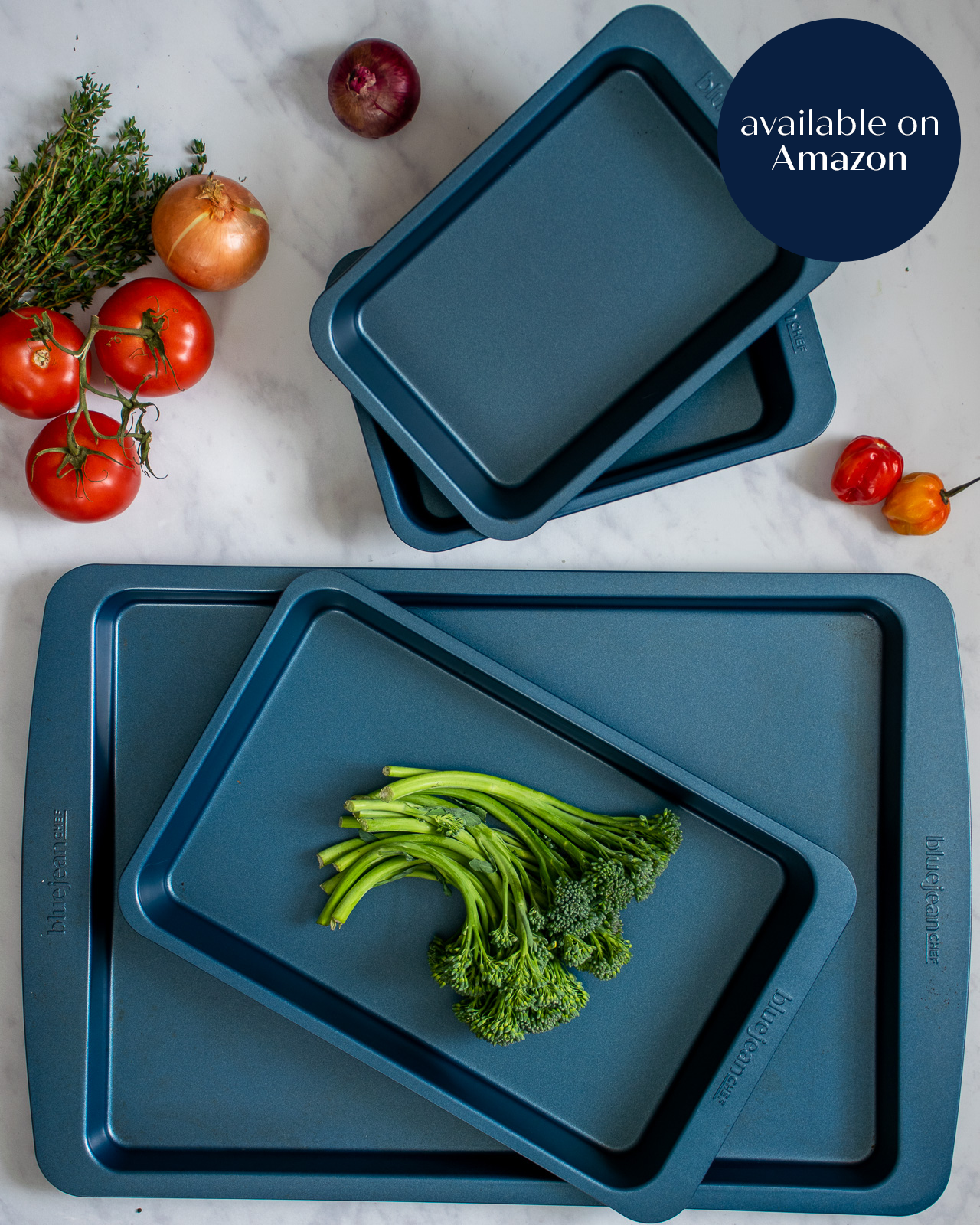
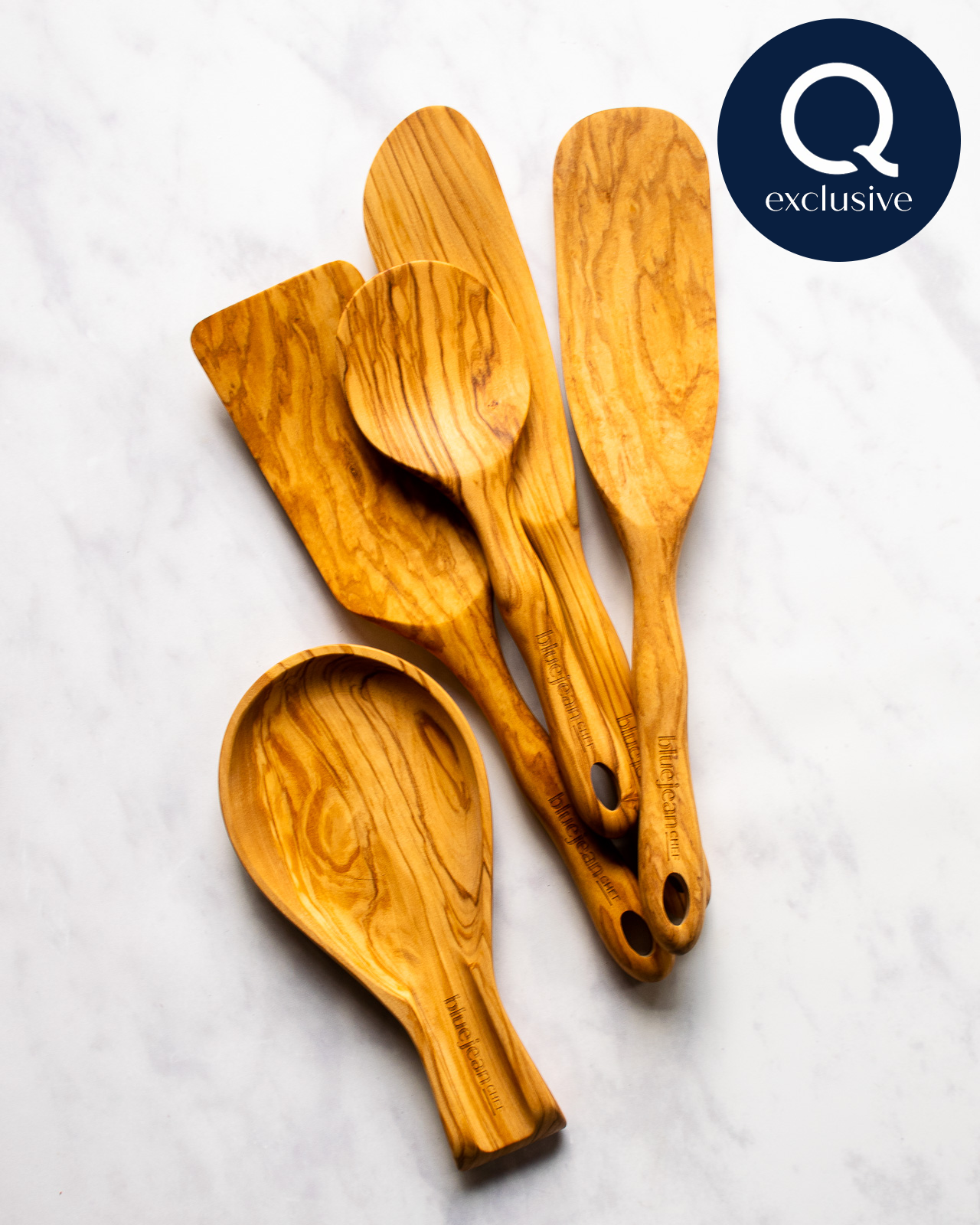

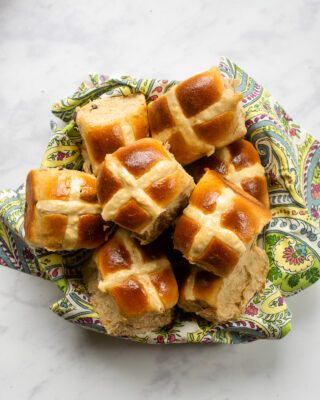
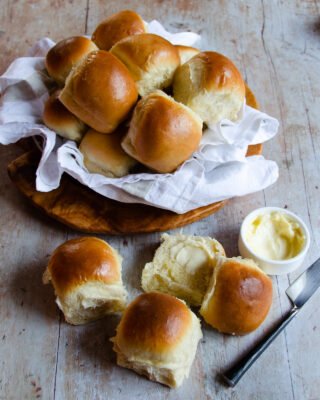
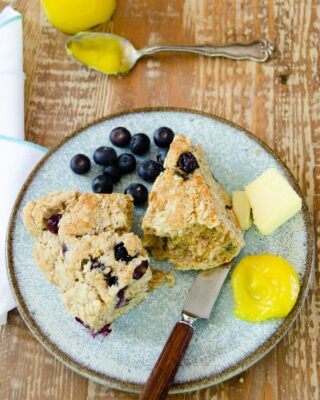
I just took this receipe of Gougeres I followed the recipe to everything it said. I I I
I question no baking soda or baking powder in this recipe so they would raise and be a ball. Needless they came out as dried cookies.. I worked on these all evening I needed for 1;00pm tomorrow. Now I will have to throw them in the garbage and get something tomorrow. The Gruyere cheese was very expensive. I never had problems with your recipes and will never try them again. I should have tried them first but trusted your recipes. I’m very disappointed in these so called cheese puffs.
Very Unhappy Customer
Carol Clark
carolabob@comcast.net
1
So sorry, Carol Clark, that your Gougères didn’t work out. This recipe has been tested several times, but the consistency does have to be right for choux pastry to rise properly. Baking powder or baking soda is not needed, eggs and the high water content that turns into steam, are what cause the pastry to rise. If the dough is too hot when you add the eggs, it will cook them and prevent rising when baked. It should be under 145°F before adding the eggs. Also make sure you add the eggs one at a time and fully incorporate each one before adding the next one. You want a glossy, thin consistency that still holds its structure. Starting at a high heat and then lowering the temp helps them rise as well. Also, all oven temperatures are different, so your timing may vary slightly, and you only want to cook them until golden brown, so they do not overcook and dry out.